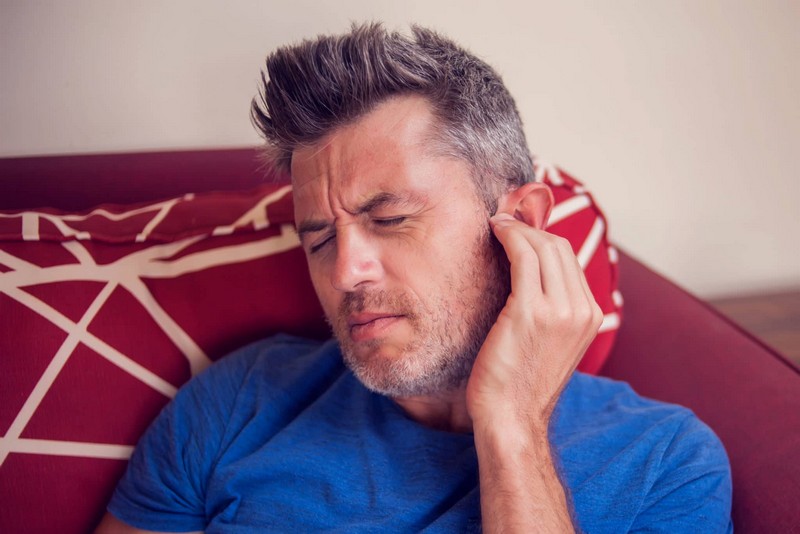Shingles in or Near the Ear

Ear shingles are a form of vestibular disorder, a collection of conditions that affect the balance centers of the inner ear. The vestibular system has two parts: the semicircular canals and the otolith organs. The semicircular canals detect movement, while the otolith organs detect changes in position. Semicircular canal dysfunction can cause vertigo, a sensation of spinning or whirling, and otolithic dysfunction can cause vertigo and oscillopsia, which is the perception that everything around you is moving when you’re not.
Many things can affect this system—some congenital, some acquired—including aging, head trauma, and infection. One such infection is caused by herpes zoster oticus (HZO), also known as Ramsay Hunt syndrome type II. When HZO infects one of the three pairs of cranial nerves that connect to the vestibular system, it causes inflammation in the inner ear, known as vestibular neuritis. This inflammation damages the nerves on either side of the affected pair, causing further damage to their branches and eventually affecting other parts of the inner ear. This leads to symptoms like vertigo, tinnitus (ringing in the ears), and ear pain.










